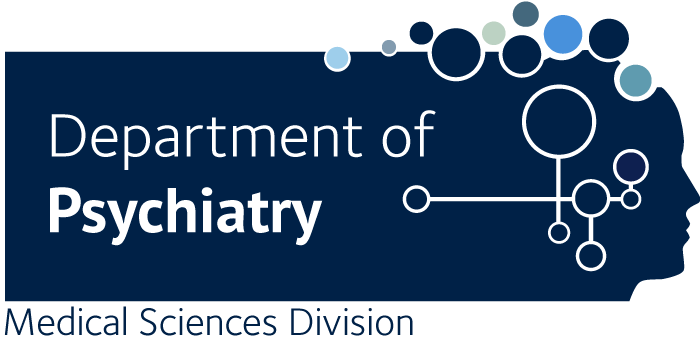Selecting features for BCI control based on a covert spatial attention paradigm.
van Gerven M., Bahramisharif A., Heskes T., Jensen O.
Covert attention to spatial locations in the visual field is a relatively new control signal for brain-computer interfaces. Previous EEG research has shown that trials can be classified by thresholding based on left and right hemisphere alpha power in covert spatial attention paradigms. We reexamine the covert attention paradigm based on MEG measurements for fifteen subjects. It is shown that classification performance can be improved by applying sparse logistic regression in order to select a subset of the sensors specific to each subject as the basis for classification. Furthermore, insight is gained into how classification performance changes as a function of the length of the attention period and as a function of the number of trials. Classification performance steadily increases as the length of the attention period over which is averaged is increased, although this does not necessarily translate into higher bit rates. Good classification performance using early components of the attention period may be related to evoked response. With regard to the number of used trials, classification performance became maximal after 150 samples had been obtained, requiring a training time of approximately eleven minutes under the current experimental paradigm.

